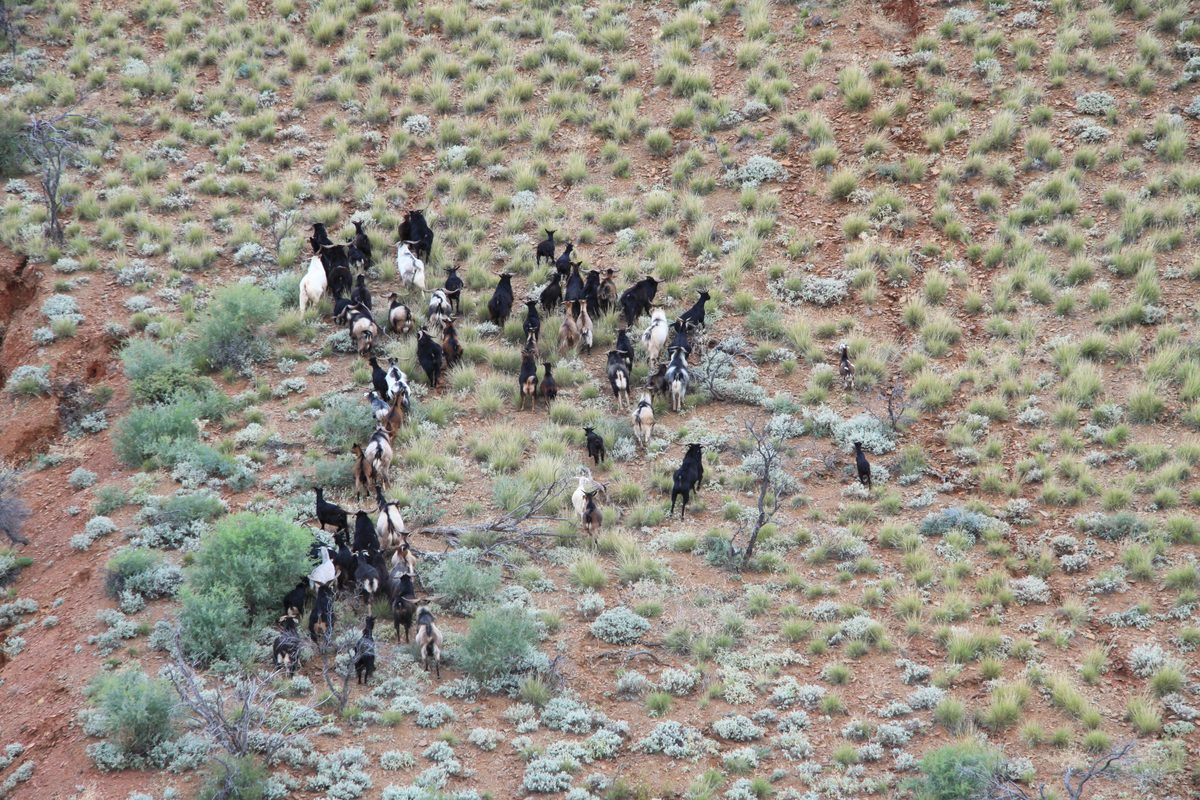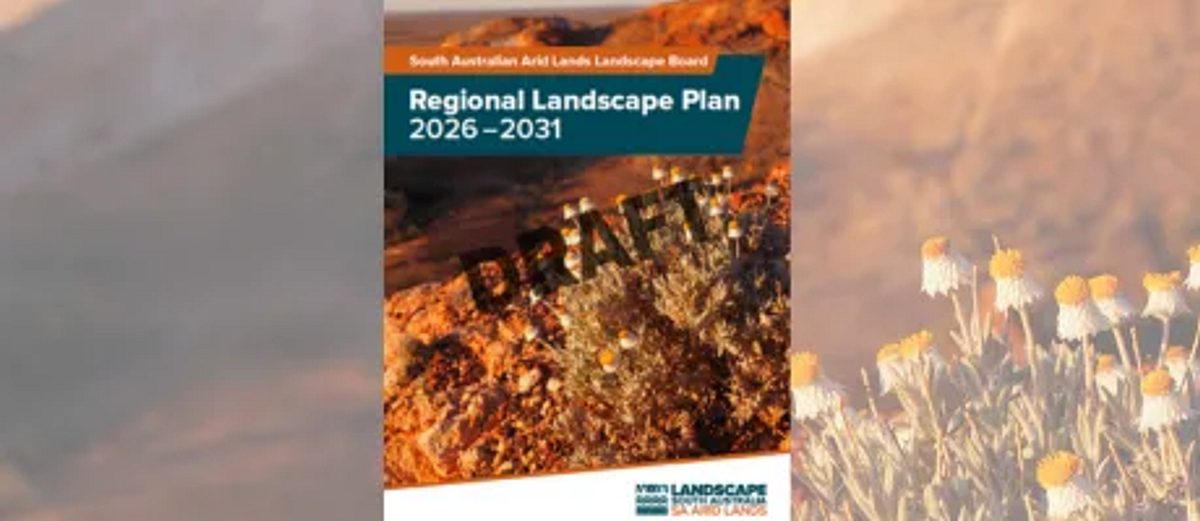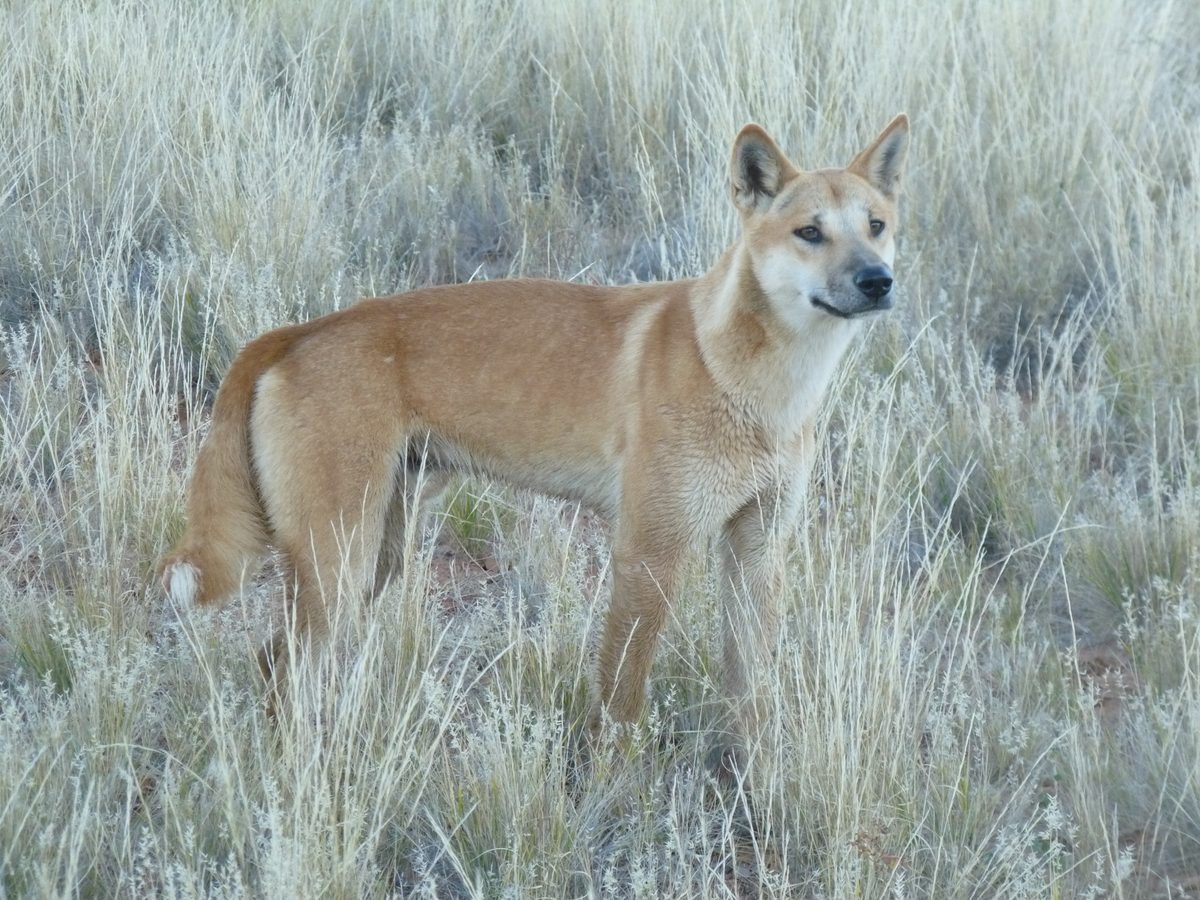Discovering a jewel in the Glass Gorge
Discovering a jewel in the Glass Gorge
Posted 10 June 2020.
An interesting looking plant caught the eye of community ecologist Ben McCallum while travelling through the Glass Gorge. While monitoring the impacts of herbivore on threatened flora in the central and northern flinders, Ben came across a plant linked to a south African native.
The mysterious plant that caught his eye was the native Pink Gum-fruit (Commicarpus australis), a twining and bushy small herbaceous shrub, with brilliant pink flowers and a large tap root to store moisture as a survival technique.
It is from the Nyctaginaceae family of plants, which are highly adapted to desert environments in Australia and South Africa, more commonly known as the bougainvillia.
The Flinders district relies on mostly summer rainfall, which dictates how and when plants may flower. Invertebrates such as moths and butterflies take advantage of this and are also stimulated by the first sign of these rains.
Ben was lucky enough to capture a photo of the plant as it was visited by a Wanderer Butterfly, seeking nectar which helps to pollinate the plants.
He said the bite marks on the plants also suggest it is home for the caterpillar, which was also the case with other plants observed while conducting herbivore impact assessments. In some cases Ben has seen the Clammy Daisy-bush (Olearia decurrens) and Sirated Mintbush (Prostanthera striatiflora) stripped of leaves by the caterpillar to appear dead; then months later the leaves returning and the butterflies and moths long gone.
All data recorded on native plants as part of the monitoring trips is added to the Landscape SA Arid Lands database and uploaded to the Biological Database of South Australia. Adding to flora records can help gain a better understanding of the habitat, distribution and species conservation trends.
The herbivore impact assessments on threatened flora happen as part of the Bounceback and Beyond project, which is supported by the SA Arid Lands NRM Board, through funding from the Australian Government’s National Landcare Program.
If you notice any plants of interest, take a photograph and send it to Ben at ben.mccallum@sa.gov.au.


